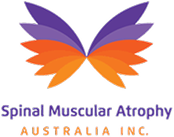
What is SMA?
Screening & Diagnosis
Living With SMA
Treatments
About Us
Contact Us
Back
SMA affects every child differently. How old your child is when they receive their diagnosis, the type of SMA they have, whether they are showing symptoms or not, and when they receive treatment can impact their day-to-day experience of living with SMA.
Until recently, SMA in children was diagnosed and managed when a child begun to show symptoms. The experience of these children greatly depended on the age at which they were diagnosed. However, in Australia, innovations including genetic carrier screening, prenatal testing and newborn screening have enabled healthcare teams to identify SMA before or soon after a child is born, and to develop a personalised management plan that can be actioned from birth.
As more children are diagnosed with SMA earlier, the experiences of children living with the condition will continue to change.
Regardless of your child’s journey to receiving an SMA diagnosis, a multidisciplinary healthcare team will help you throughout your child’s SMA journey and develop a personalised management plan that suits your child’s individual needs as they grow and develop.
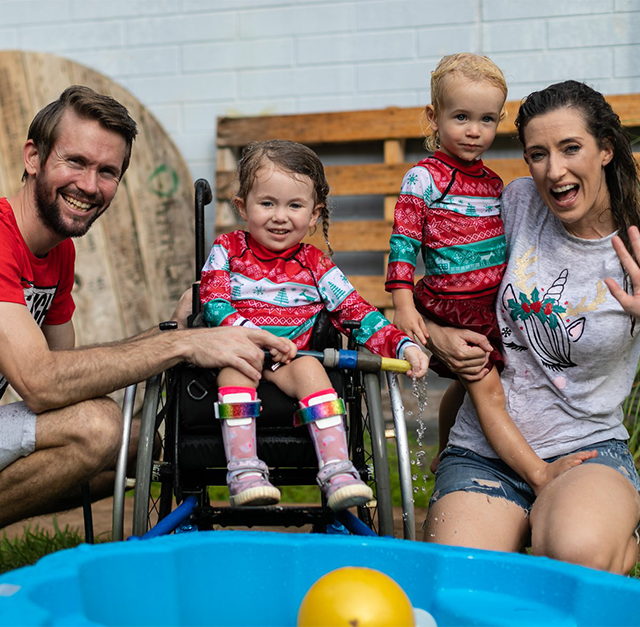

Hear from Carolyn, John's Mum, about living with SMA now after receiving a prenatal diagnosis of SMA and early treatment at birth in the video linked here: Caring Conversations: Living with SMA.
Carolyn's story is shared to help people better understand the lived experience of SMA.
The video is not intended to provide medical information about diagnosis, treatment, or patient-specific advice.
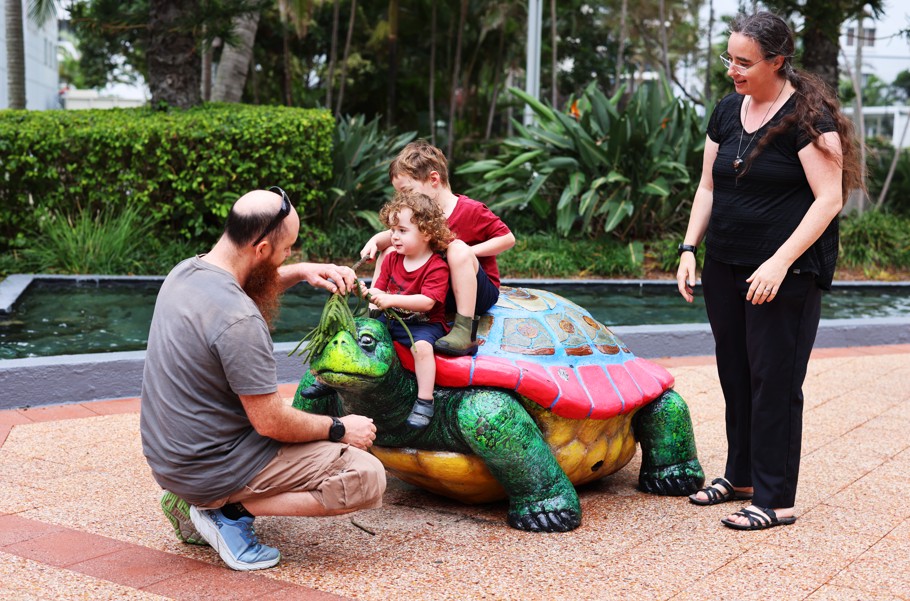

Living with SMA can present unique challenges, but with the right support and care, your child can thrive. Here are some key areas to focus on:
Speak to your child’s healthcare professional for any referrals required for specialist care.
It is important to remember that, while your child’s healthcare professional team is best equipped to diagnose, manage and treat their condition, you are their greatest advocate and the one who knows them best. You should feel empowered to speak up, ask questions and ensure they are receiving the best possible care. You can learn more about advocating for your child here.


Daycare & Preschool
Children with SMA have the right to attend childcare and preschool – in fact, it is good for their development. These services should be safe, engaging, accessible and inclusive. Planning ahead to visit the daycare or preschool and speak to educators and other parents, organising individual education plans, conducting regular meetings with educators and engaging professional support are all ways in which you can help your child make a positive start in preschool.
School
Choosing the right educational setting for your child is a big decision, and it is especially important when your child has SMA. Here is some information to help you navigate the options:
Australian actor, writer and director, Virginia Gay, reads Zac’s play day here.


Having the right equipment can significantly improve your child's quality of life with SMA. Here is an overview of some common types of equipment:


Whether driving, flying or taking the bus, getting around with SMA may require some extra planning. Below are some things you may need to consider:
Travelling by Car
Access to suitable private transportation for your child can be helpful. This might involve using a wheelchair accessible vehicle to accommodate your child’s mobility needs. You may wish to own one, in which case you can apply for a disabled parking permit through your state or territory’s public transport website. Transportation services are also available to assist you. These include specialised services to transport people living with a disability, however, many rideshare services also have increasingly accessible options, such as the ability to book a wheelchair accessible vehicle.
Accessing Public Transport
Australian public transport is held to disability standards to help ensure access is equitable. There may be some limitations, as these standards make assumptions about the dimensions, stability and manoeuvrability of your child’s mobility aids. Most operators also provide free or discounted passes. Visit your state or territory’s public transport website for further information on access and fares.
Flying with Your Child
Air travel requires some advance preparation, especially if your child uses a wheelchair. Here are some tips to ensure a smooth journey:



Your child’s General Practitioner (GP) plays a key role in coordinating their multidisciplinary healthcare team. Your GP is typically your first point of contact when pursuing a diagnosis for your child and can refer you to necessary specialists, such as a neurologist. Your GP will monitor your child’s condition on an ongoing basis.

A neurologist is often the first specialist you will be referred to if your child is showing symptoms of SMA or has been recently diagnosed. Your child’s neurologist will manage the diagnosis and treatment of your child’s SMA, and plays a key role in coordinating the multidisciplinary health team.

A paediatrician is a specialised medical professional skilled in identifying and managing a wide variety of childhood health conditions. Your child’s paediatrician will contribute to their ongoing care and monitor their development, which may be different to other children their age because of their SMA.

A respiratory physician monitors your child’s ability to breath effectively and will help address breathing problems that may result from their SMA. They can teach you and your child how to manage symptoms and assist with treatment if your child is exposed to a respiratory infection, to which they are more susceptible. These treatments might include medicines or specialised equipment for support.

Nurses in neuromuscular clinics are the primary experts and care coordinators for people living with SMA. They play a critical role in managing your child’s care plan, evaluating their health and monitoring their progress. They also provide advice, guidance and emotional support to you and your family, tailoring information to you and your child’s individual needs and challenges.

Allied health therapists, including physiotherapists, occupational therapists and speech therapists, can help your child preserve and adapt their fine and gross motor movements. They can also help you and your child with any adaptive technologies or modifications they may need, such as a wheelchair or installing ramps at home.

A dietitian can help you tailor your child’s diet to their individual needs and movement limitations. Helping to promote growth and motor function through nutrition is an important way to maximise muscle strength and minimise wasting.

Orthopaedic surgeons treat conditions affecting bones, joints, tendons and ligaments. You may be referred to an orthopaedic surgeon to help your child with scoliosis or impacts on their body resulting from muscle wasting, such as joint instability.

Genetic counsellors help people understand the likelihood of developing or passing on SMA, by providing access to genetic carrier screening, as well as support and guidance on family planning, and what this means for your extended family.
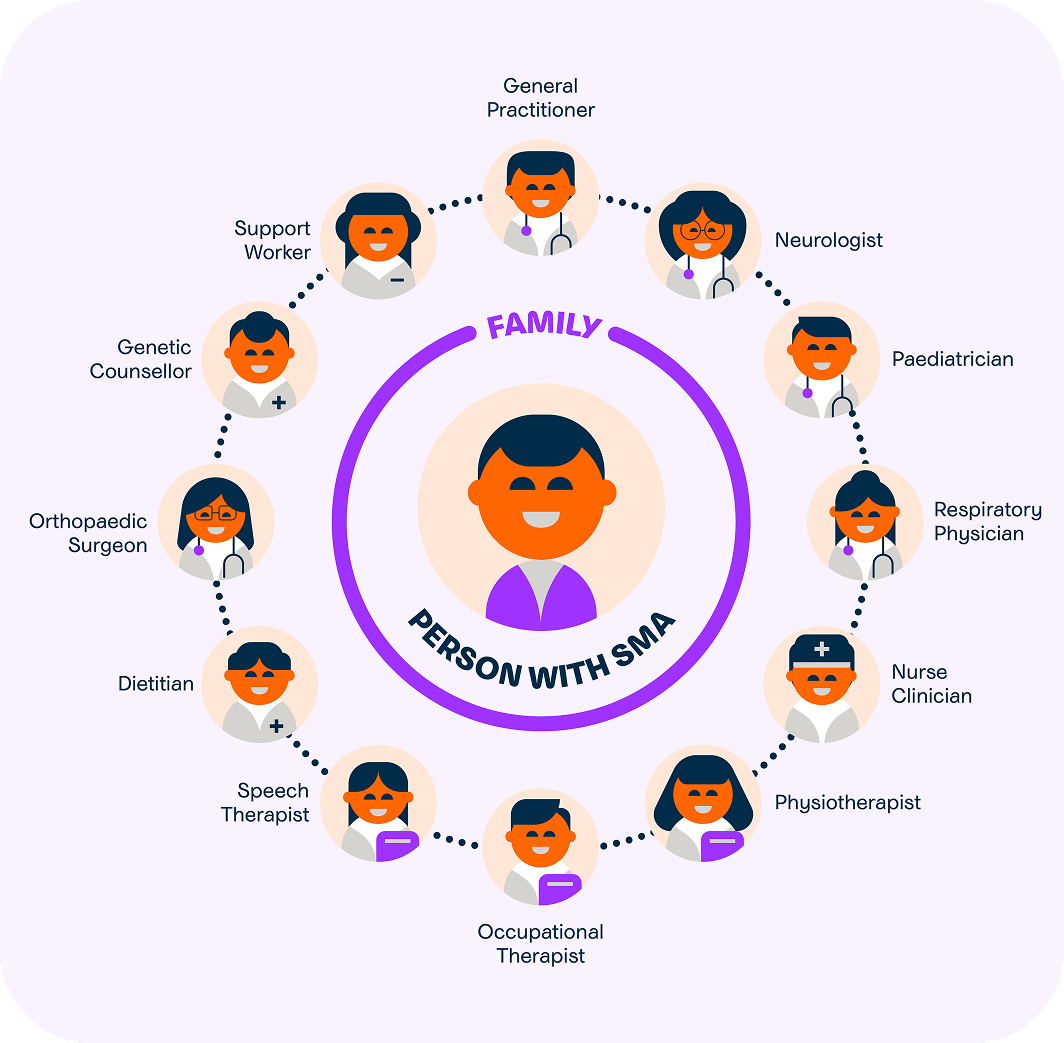

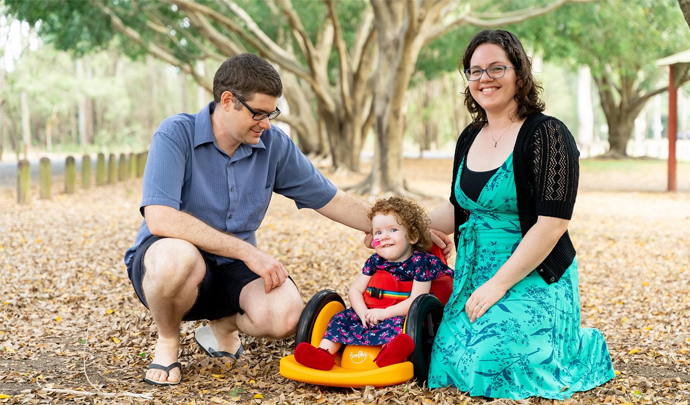



There are a range of support services available to people living with SMA, their carers and families.

A multidisciplinary healthcare team will support you or your child to live well with SMA. This should includes a General Practitioner (GP) and neurologist, and can also include specialists such as a respiratory physician, dietitian, orthopaedist, physical therapist (physiotherapist, occupational therapist or speech therapist) and genetic counsellor.

Home modifications might be required to accommodate someone living with SMA, such as widened doorways to accommodate a wheelchair, or ramps to assist those with reduced movement. Speak to your occupational therapist for more information.

Most students with disabilities attend regular classes in mainstream schools. Some students may need adjustments in these environments, or to attend support classes with fewer students who require similar accommodations. Depending on your child's individual needs, you might also consider a specialist school (public or private). For some children, a combination of specialist and mainstream schooling works well. Homeschooling or distance education are also possibilities to explore.

SMA Australia brings together a community of people living with SMA and their loved ones, to support people living with the condition through initiatives like peer-to-peer counselling, educate the wider public about the condition, and advocate for access to the best care and latest treatments.
This website is not intended to replace medical advice. Please speak to your healthcare professional for more information.
Join a powerful community of supporters who are helping tackle spinal muscular atrophy at its very core. Our community relies on us for support and best-practice resources to guide them in living well with SMA, as well as for resources to help raise disease awareness, educate others and advocate for people living with SMA in the wider Australian community.
